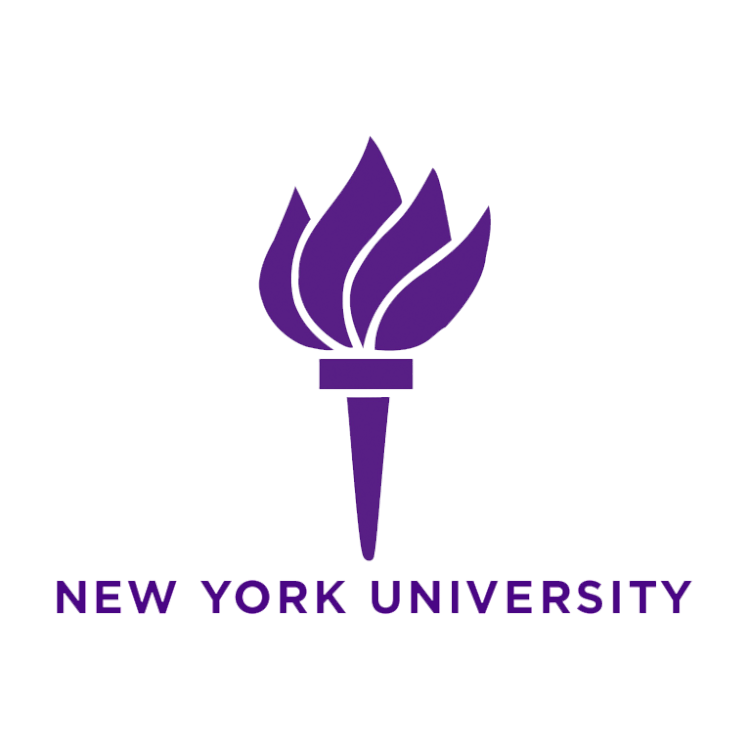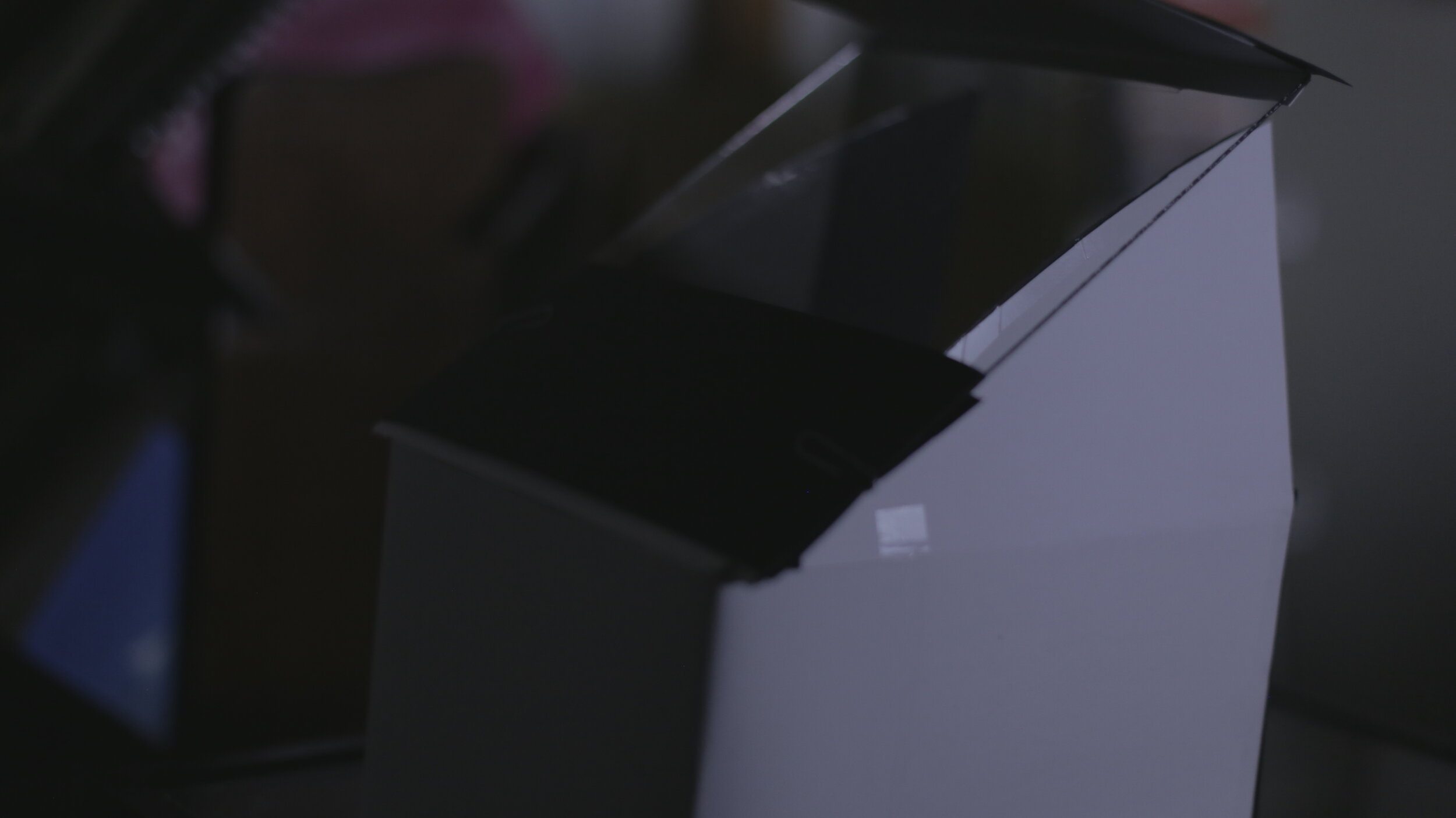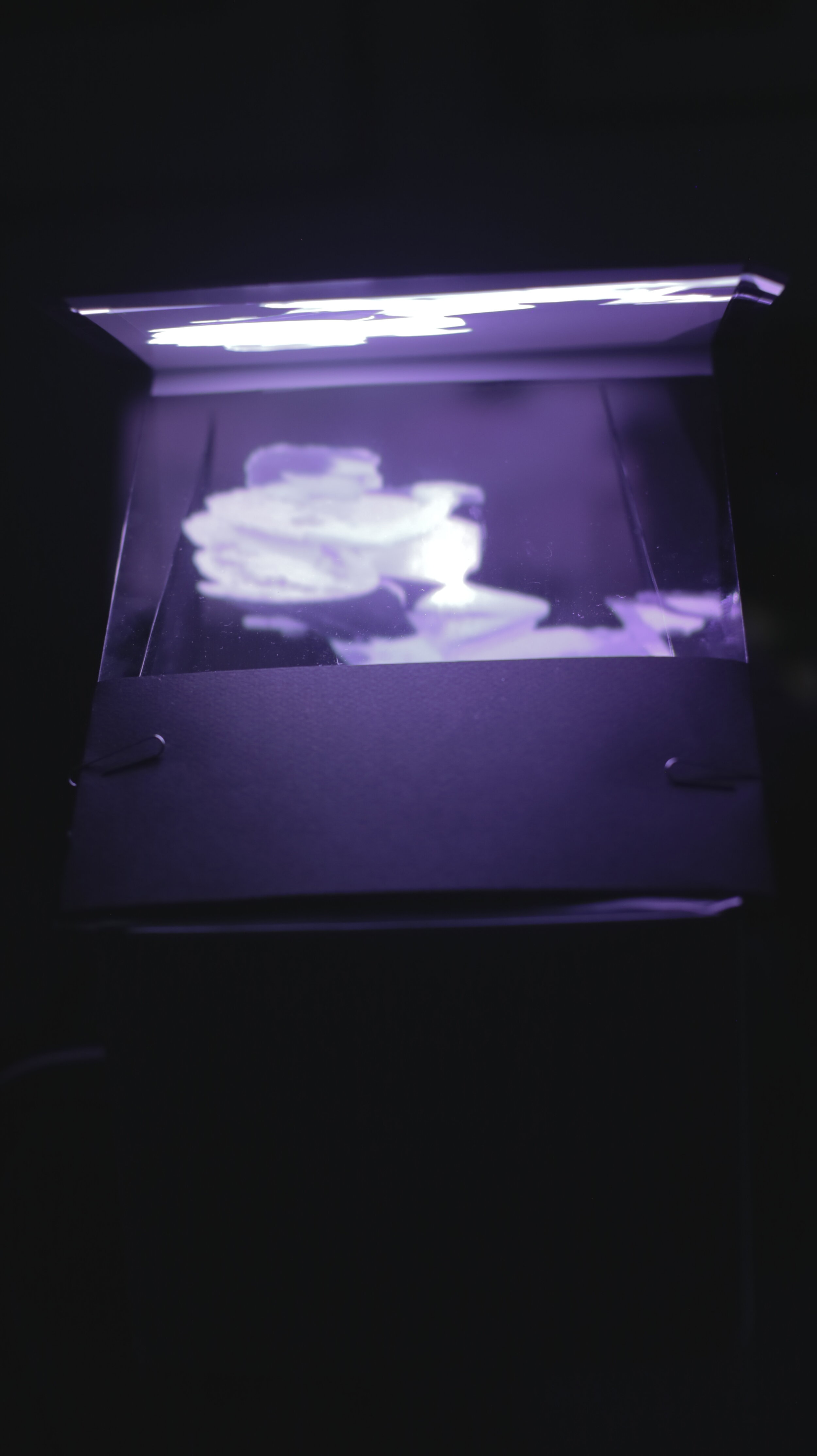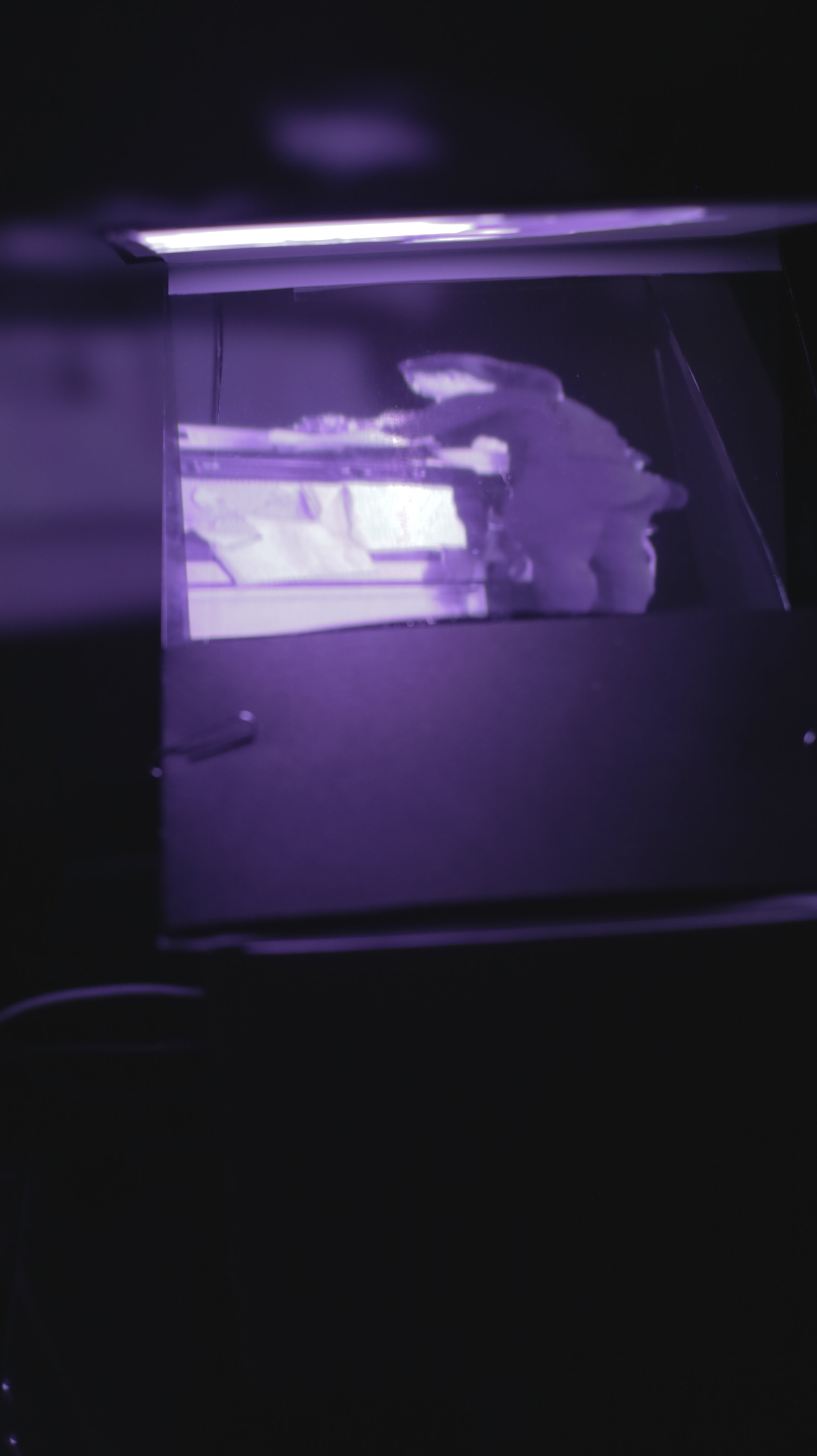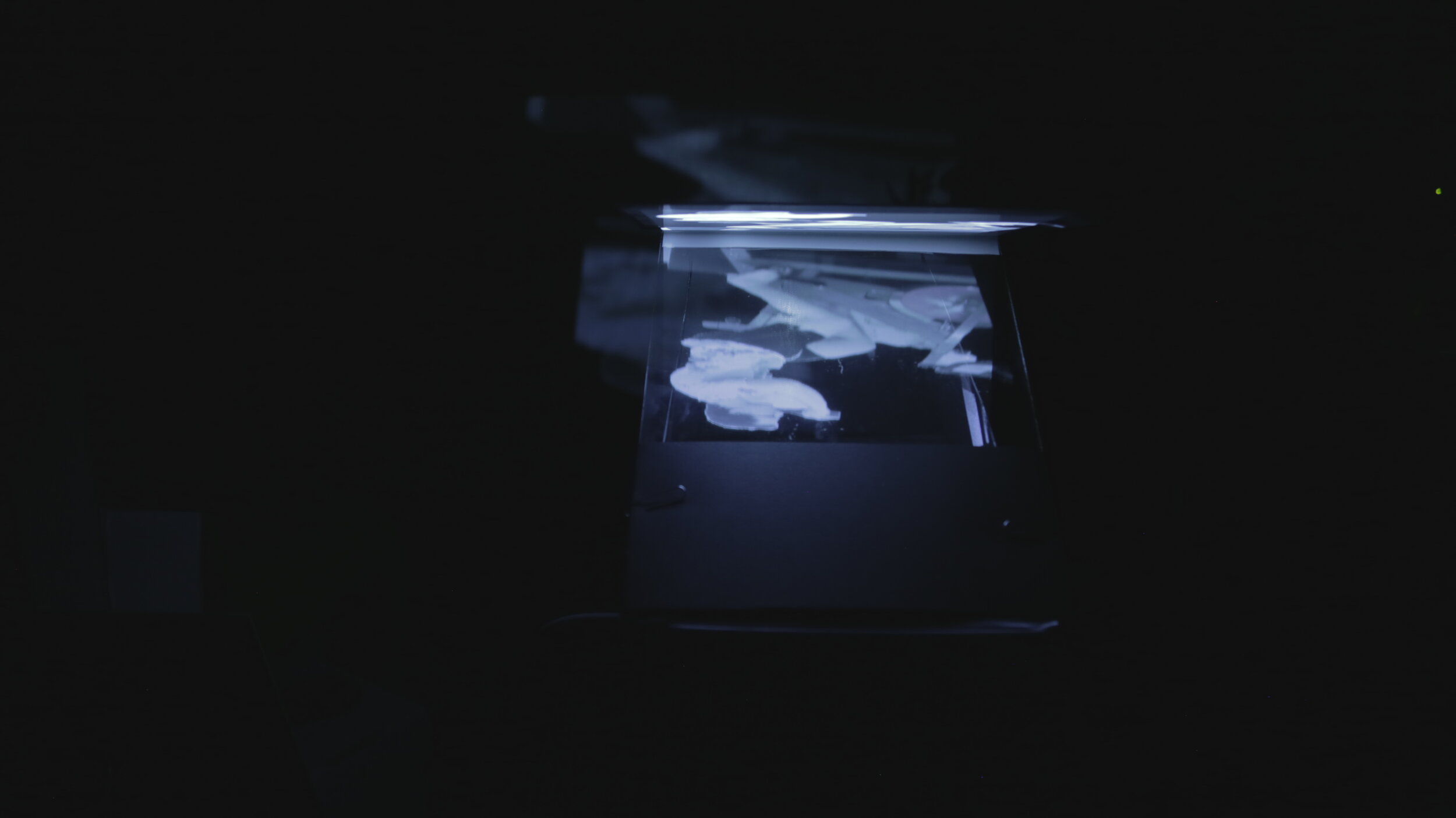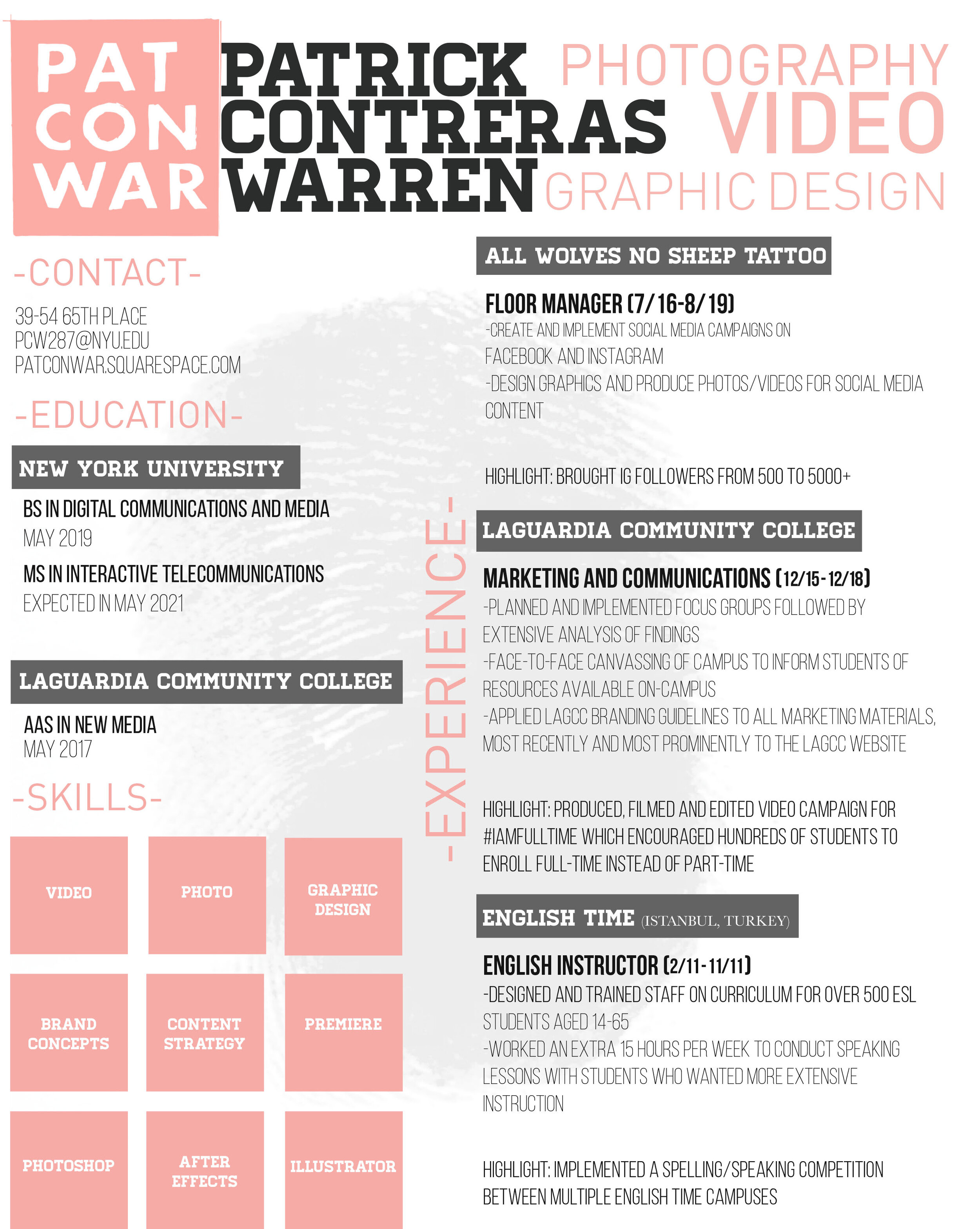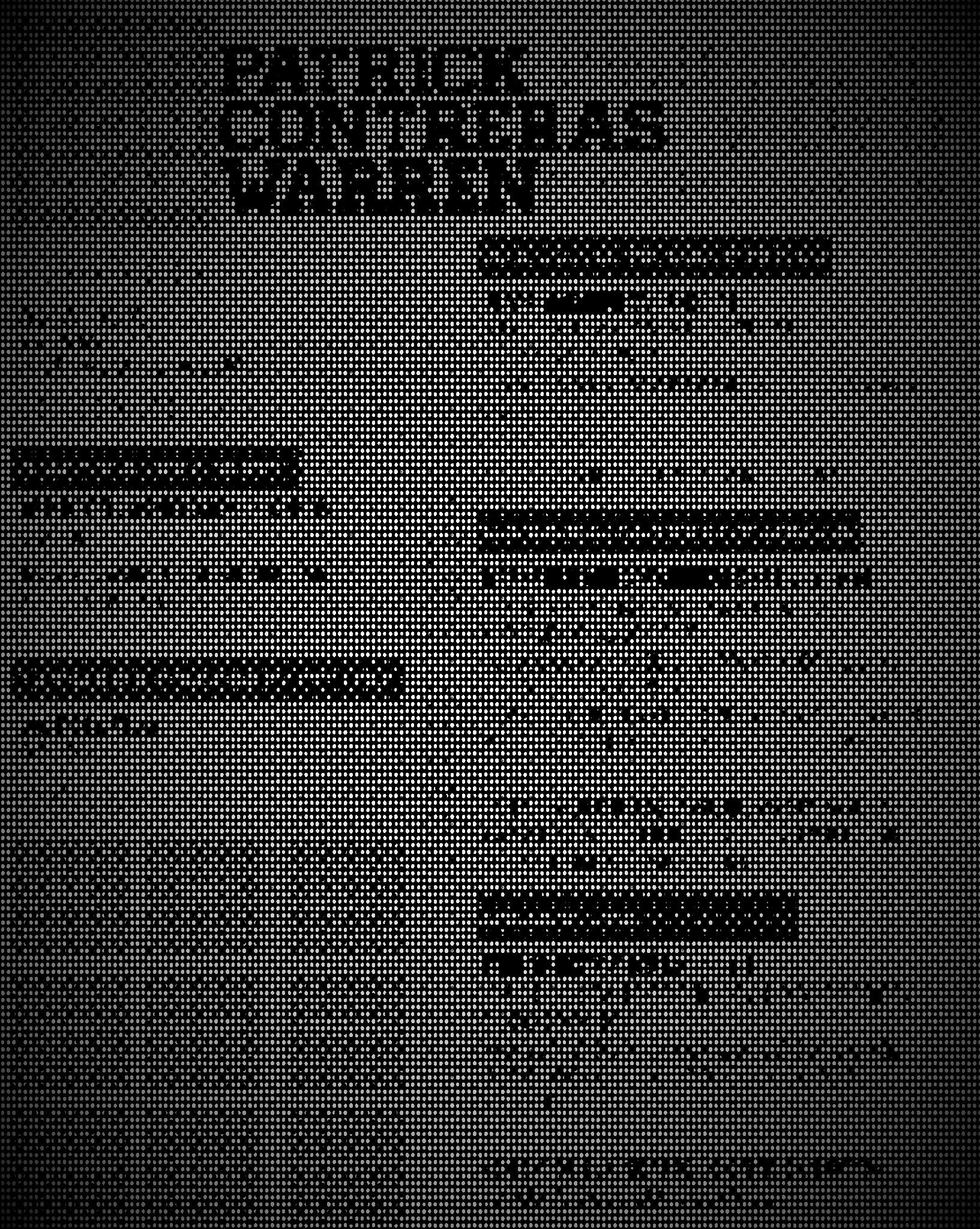For my EROFT Final Project I’m working with Nok Jangkamolkulchai, (full transparency, this is also my final for Experiments in AR as well as for Video Sculpture) I am creating a collective Quarantine Journal that will live in a physical installation. This installation will make use of the Pepper’s Ghost effect which simulates a hologram floating in space with the use of a projector, a pane of glass and some tricky reflections.
(Sidenote: The final version of the project relies on me being able to access some equipment that was left on campus at NYU, so this is just a working prototype)
In my first meditation, I made use of Copper board to trigger a “Stress Management” solution. Now, because of COVID-19, the thought of touching surfaces in public is daunting. Since the only time people will be able to see this piece will be after quarantine is over, I would like to play with that concern. Copper boards would be placed on the sides of this installation and the user will be required to touch them to experience the piece. Touch has been taken for granted, it means more than it used to so this experience embraces that.
When both boards are touched, a random (*more on this later) entry from the Quarantine Journal will appear in the box. Entries are 10 second videos that are looped to the length of audio clips that range from 20-60 seconds. The entry that comes up is the “spirit” that is assigned to them for the day. Entries will show up as either red or blue, and will be right-side-up or upside-down.
==========================
[Guide for Interpreting Spirits]
Blue: Go with what the Spirit Says
Red: Go against what the Spirit Says
Right-Side-Up: Take the words literally
Upside-Down: Look for the figurative meaning
==========================
After having their Spirit assigned and interpreted, the user is then encouraged to think about what it would be like to be that spirit for a day/10 days/a month/3 months/a year. How is that Spirit different from the user? How are they the same? What do they think actually happened to that Spirit?
This period of time is going to be a weird thing to explain to people who aren’t here living through it with us. I want this to be a tool to understand at least a bit of what it was like and to go through it by assigning them a role in it.
For this prototype, I’m running everything in a Max/Jitter patch. As a placeholder for the copper boards being touched, I instead just run things from a single button press on my keyboard. Programming the patch to respond to the copper will be simple once I have access to the equipment. The prototype is made from cardboard, but I would like to have it made out wood for the actual piece.
*For the randomization of the assets, I wanted to play with the number 19, but I was unable to get it working. This is something that I am still exploring and will be working on after I present this in class. For now I am just using the random function within Max, but figuring out my own system is a priority.

